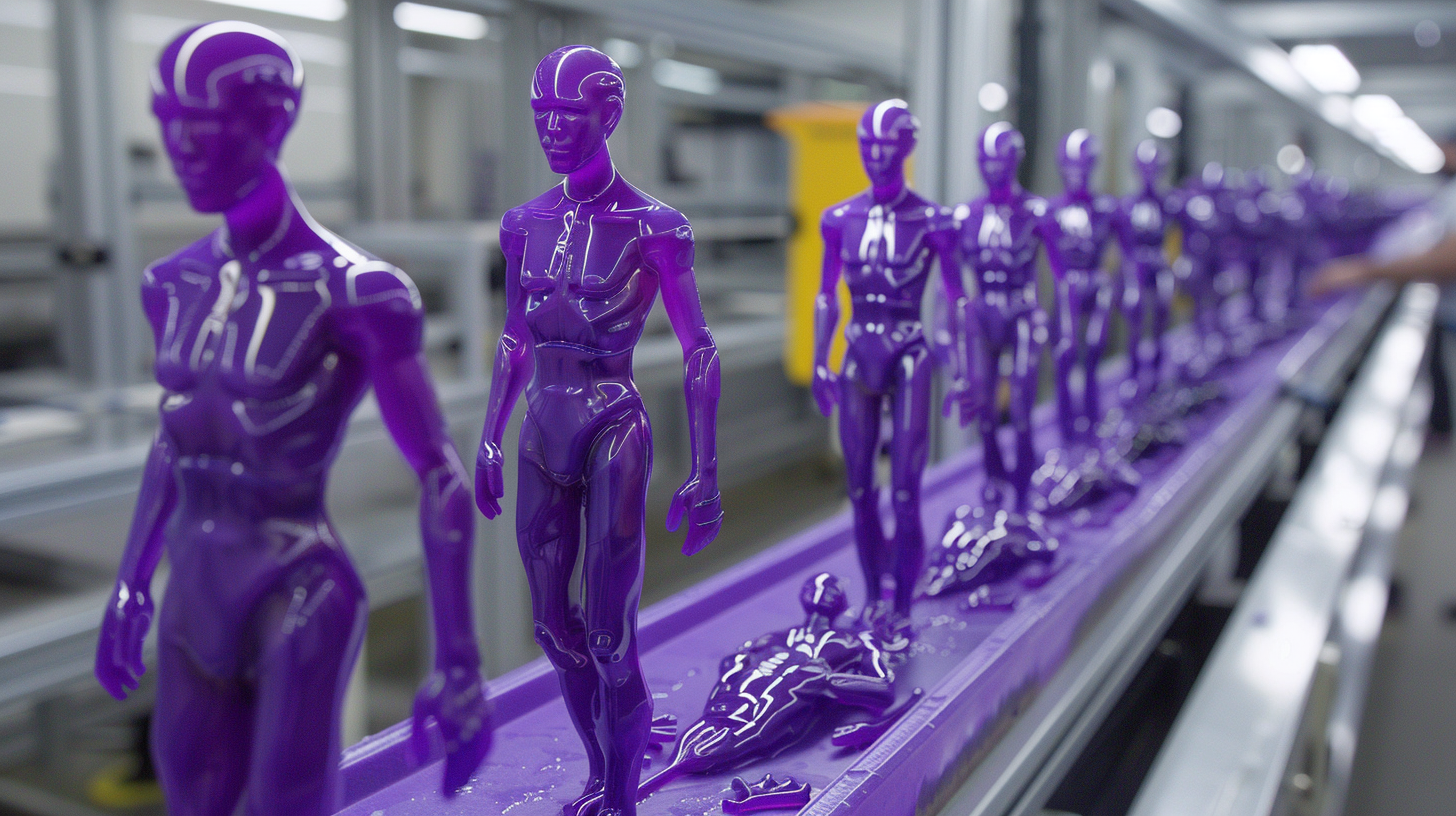The Process of Gender vs. the Result of Gender Identity
Pain can help you grow - and at times, more than just growing angry

A friend of mine mentioned his struggle to understand the distinction among sex, gender, gender identity, and sexuality. My friend isn't a fool - he is a sensitive person who genuinely wants to understand social interactions. Western society, however, obscures and conflates the meanings of all four words.
In some cases, the words are obscured for political advantage. But most people simply trust elected officials and internet Influencers to know the difference. That's their job, right?
So far, my work has focused primarily on the distinction between sex and gender. I wrote about genetics as it contributes to the potential of sexual maturity as well as what gender means as a separate concept altogether from sex.
To recapitulate, sex is an abstraction applied to a species to characterize reproductive capabilities. Gender is an individual-level implementation of sex characteristics that is likely to involve social expectations.
Like sex, gender includes both voluntary and involuntary aspects. None of us chooses our genetics, science fiction and late-night TV notwithstanding. None of us chooses characteristics derived from genetics, including biochemistry and some structural characteristics.
Those characteristics are dictated by the combination of characteristics contributed by our parents and - to a certain extent - our environment growing up, temperature and nutrition being two obvious environmental factors with social impacts.
Is gender a static set of human characteristics? My answer is no: gender is a process of discovery and manifestation.
Snapshot of an error
Early in my writing, I wrote gender is a complex of physical, cognitive, behavioral, and spiritual factors. Later, I wrote gender is a process of mediation between an origin of identity and the context of our social environment.
When I wrote the first statement, I intended the complex to represent an implementation of identity in our lives. This error - misidentifying an implementation as its origin - is common, and it took some months before I identified it in my own thought.
The implementation - the complex of physical, cognitive, behavioral, and spiritual factors - is better named "gender identity," because it represents the result of the negotiation I now consider to be the process of gender.
That is, we engage in a process of negotiation between our origin of identity - the person we know we are, untouchable by social expectations - and the level of safety we feel in context of our social environment.
The negotiation and resulting level of safety steers the choices we make to manifest our identity in our lives. The choices we make - the manifestation or implementation - is the result of our identity in the world.
To be clear, the origin of identity appears unchanging. I believe that is the aspect of "born this way" each of us has that defines beyond a shadow of doubt whether we like disco, prefer Coke to Pepsi, or choose a political candidate. We know the answers to these questions. But we may not bring the answers into our lives and our social environments.
From process to result
The process of gender is a series of decisions that continues throughout life to result in a snapshot of our current understanding of who we are. Every set of choices is limited by physical structure, money, personal style, and fashion - among others.
But the greatest limitation is the level to which we feel we can pull it all off without repercussions from our social environment. We must express who we are without our parents getting angry, random religious figures condemning us, and governments oppressing us.
Gender is the process by which we find a gender identity that suits us and the social environment around us. We interact with our origin of identity to discover the person we know we are, then attempt to express that person through experimentation.
Will I look good in this dress? Should I grow a Van Dyke beard? How does purple hair suit me? These decisions are negotiation - we find characteristics in reality that resonate with us and we try them.
Gender identity - as a result of the process of gender - never stops changing, as the process continues throughout our lives. Gender identity is only what we present today. Many decisions - especially cognitive and behavioral decisions - are never truly final. Those that cannot be reversed are relatively involved - and relatively few.
But what happens when our social environment does not accept our attempt at expression? If the response is favorable, the expression may become a significant part of our current identity. If the response is not favorable, what happens next depends on how much we care.
Gender dysphoria as a social tool
If our social environment responds poorly to an attempt at expression - that is, our attempt at expression does not match social expectations - we may feel a short disappointment. Learning we will not be accepted by our elders or peers for our expression may be a minor trauma.
This disappointment and discomfort with expressing ourselves in a way not condoned by social expectations is gender dysphoria. To be clear, gender dysphoria is not required to be persistent. A short bout of gender dysphoria is a training mechanism exerted by every social environment.
The typical response to gender dysphoria is to conform. We choose to fit into our social environment over expressing ourselves as we initially hoped to do.
The trauma may be so short and so minor as to be inconsequential to our identity. The discomfort may not even be detected explicitly - along the lines of "No white shoes after Labor Day? Fine, I'll take them off."
Most interactions of gender with social environment are inconsequential. There are simply too many methods by which we can express ourselves, losing one becomes a very minor trauma, indeed. Our gender journey is a series of minor traumas we choose to self-correct in order to be in alignment with our social environment.
Transgender identity
Being accepted by our social environment is powerful. We may feel a genuine desire to fit in and minor disappointment at discarding the object of expression. But the choice may also result from a sense of fear, a sense of danger, a sense of retaliation that far outstrips our desire for self-expression.
Certainly we are disappointed, and social expectations may win one battle. But social expectations may not win the war.
In my own transgender experience, the series of minor traumas summed to a consistent sense of rejection by my social environment. I chose to suppress my need to express femininity in order to feel safe, to keep peace, to maintain relationships, to appear "normal." The sum of countless microtraumas was a life unlived.
Unlived, that is, until I transitioned gender. At that point, any trauma imposed by social environment was drowned out by the joy of experiencing the woman I had always known I was.
That woman was caged in a misguided attempt to protect my social environment. As a mechanism of preserving and reinforcing social roles, gender dysphoria and its series of microtraumas is extremely effective. It allows a society's fashion to evolve as the social identity remains intact.
Victims of microtraumas - transgender or otherwise - go on to change art and fashion and realign the social identity. We provide an outlet for society to discard outdated beliefs and practices while preserving its existence as a society altogether.
Gender dysphoria is a harsh mistress, and its effect is society's primary weapon at managing gender identity.




